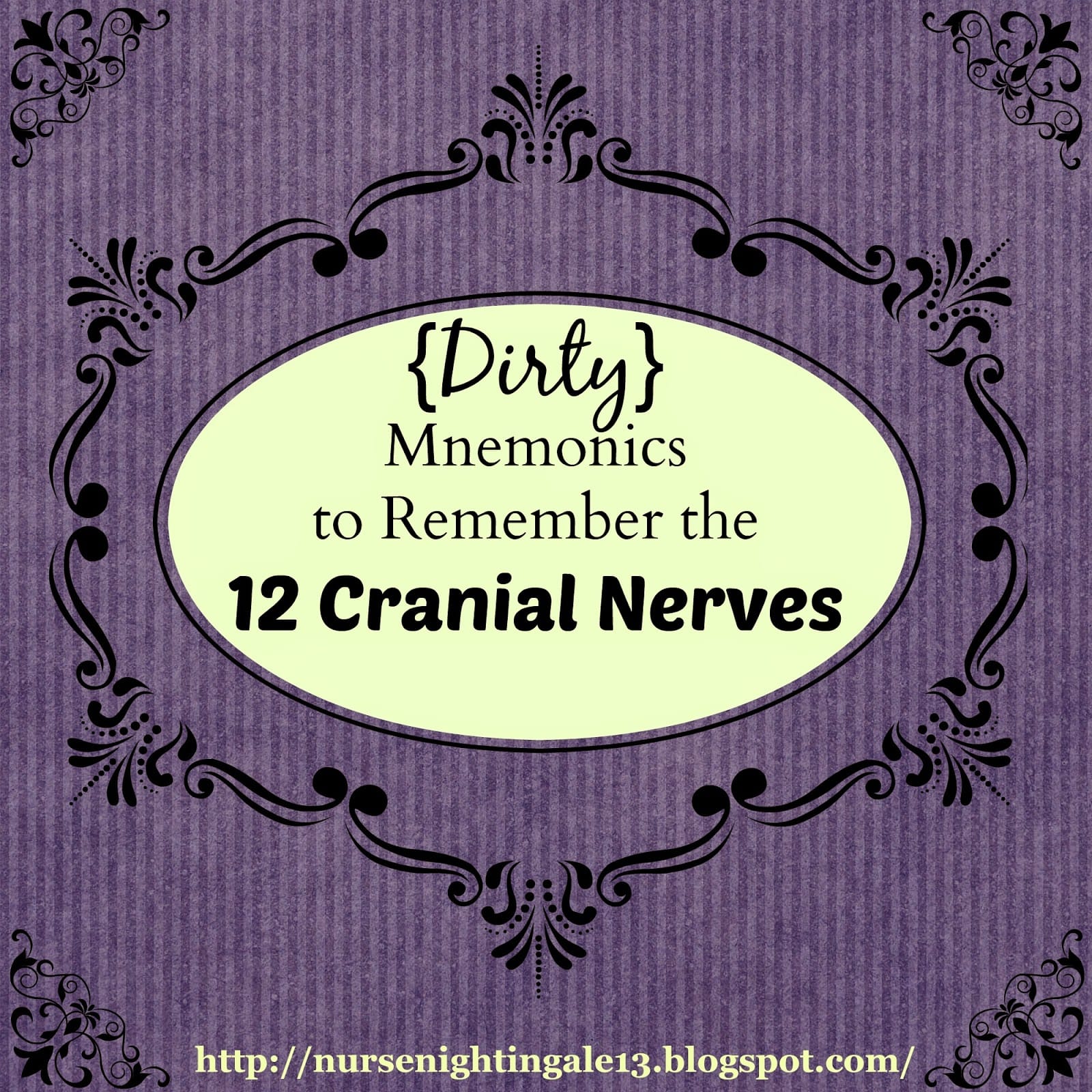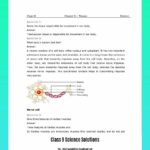Unlock the secrets of the 12 cranial nerves with memorable mnemonics that transform complex anatomy into easily digestible knowledge. Ditch rote memorization and embrace the power of mnemonics to master the names and functions of these crucial nerves. From “On Old Olympus’ Towering Top” to creative acronyms, discover a variety of mnemonic devices tailored to different learning styles for conquering the cranial nerves. Boost your anatomical knowledge and ace your exams with proven mnemonic strategies for remembering the 12 cranial nerves.
Remembering Cranial Nerves: Your Secret Weapon
Memorizing the twelve cranial nerves can be tough, but mnemonics (memory tricks) can help. These memory aids transform complex information into catchy, easily recalled phrases, making learning more efficient and even fun! We’ll explore various mnemonics, from squeaky-clean to delightfully dirty, and discuss how to create your own.
Cranial Nerve Basics
The 12 cranial nerves are the direct communication lines between your brain and your head, neck, and beyond. They control essential functions like smell, sight, facial expressions, and more. Each nerve has a specific name and function, and knowing these is crucial.
Why Mnemonics Work
Mnemonics leverage the power of association, linking new information to vivid images or stories. Your brain remembers a silly song more easily than a random list of words; mnemonics provide the “song.”
Clean vs. Dirty Mnemonics
“Clean” mnemonics are appropriate for any audience, while “dirty” mnemonics use (sometimes risqué) humor for stronger memory hooks. The choice depends on the context and personal preference. There is debate about which type is more effective; some research suggests emotionally charged information is more memorable, but individual learning styles play a significant role.
Crafting Your Own Mnemonics
The most effective mnemonics are often personalized. Try creating acronyms, rhymes, or short stories connecting names to functions. The sillier, the better!
Ethical Considerations
While dirty mnemonics can be effective, be mindful of your audience and the context. Humor is subjective and what’s funny to one person may be offensive to another. Cultural differences also influence humor; what’s acceptable in one culture might not be in another.
Beyond Mnemonics: The Memory Palace
Besides mnemonics, the “memory palace” technique is helpful. Visualize a familiar place (like your home) and place the information you need to remember in specific spots. Mentally “walking” through this space helps retrieve the associated information.
Remembering Cranial Nerve Names and Functions
Let’s explore specific mnemonics for learning the cranial nerves.
Mnemonic for Names
A classic mnemonic for cranial nerve names is: “On Old Olympus’ Towering Top, A Finn And German Viewed Some Hops.” Each word’s first letter corresponds to the first letter of a cranial nerve: Olfactory, Optic, Oculomotor, Trochlear, Trigeminal, Abducens, Facial, Auditory (Vestibulocochlear), Glossopharyngeal, Vagus, Accessory, and Hypoglossal. A simpler alternative is: “One Of Our Top Teachers Asked For Very Good Vinegar And Honey.”
Mnemonic for Functions
To remember nerve functions, use: “Some Say Marry Money But My Brother Says Big Brains Matter More.” “S” stands for Sensory (carries information to the brain), “M” for Motor (carries signals from the brain), and “B” for Both.
| Cranial Nerve | Mnemonic (Name) | Mnemonic (Function) | Function Type |
|---|---|---|---|
| Olfactory | On | Some | Sensory |
| Optic | Old | Say | Sensory |
| Oculomotor | Olympus | Marry | Motor |
| Trochlear | Towering | Money | Motor |
| Trigeminal | Tops | But | Both |
| Abducens | A | My | Motor |
| Facial | Finn | Brother | Both |
| Vestibulocochlear | And | Says | Sensory |
| Glossopharyngeal | German | Big | Both |
| Vagus | Viewed | Brains | Both |
| Spinal Accessory | Some | Matter | Motor |
| Hypoglossal | Hops | More | Motor |
Making Mnemonics Work for You
- Personalize: Create mnemonics relevant to your interests.
- Experiment: Try different styles – acronyms, rhymes, songs, visual imagery.
- Repetition: Review regularly and quiz yourself.
- Deeper Dive: Research each nerve’s specific roles.
- Other Techniques: Use flashcards, mind maps, or teach the material to someone else.
Funny Cranial Nerve Acronyms
Some mnemonics are designed to be funny, which can aid memory. One example is the “On Old Olympus…” mnemonic mentioned earlier. Another, focusing on function, is “Some Say Marry Money…” These acronyms’ humorous imagery can make them easier to remember.
If you are looking for a quick and easy way to calculate the QR decomposition of a matrix, then you should check out our QR decomposition calculator. It can also perform many other operations on matrices, including finding eigenvalues and eigenvectors. I assure you, this is one of the tools you must never miss on your laptop.
Mnemonic Verses for Cranial Nerves
Some mnemonics take the form of verses or rhymes. A slightly risqué example is: “Oh, Oh, Oh, To Touch And Feel Very Good Velvet. Ah, Heaven!” A cleaner version is: “On Occasion, Our Trusty Truck Acts Funny, Very Good Vehicle Anyhow.” Both use the first letter of each word to represent a cranial nerve. Another mnemonic for function is “Some Say Marry Money…”
| Cranial Nerve | Mnemonic Cue (Clean) | Mnemonic Cue (Dirty) | Primary Function |
|---|---|---|---|
| Olfactory | On | Oh | Smell (Sensory) |
| Optic | Occasion | Oh | Vision (Sensory) |
| Oculomotor | Our | Oh | Eye movement (Motor) |
| Trochlear | Trusty | To | Eye movement (Motor) |
| Trigeminal | Truck | Touch | Facial sensation, chewing (Both) |
| Abducens | Acts | And | Eye movement (Motor) |
| Facial | Funny | Feel | Facial expression, taste (Both) |
| Vestibulocochlear | Very | Very | Hearing, balance (Sensory) |
| Glossopharyngeal | Good | Good | Throat sensation, taste, swallowing (Both) |
| X. Vagus | Vehicle | Velvet | Internal organ control (Both) |
| XI. Accessory | Anyhow | Ah | Neck and shoulder movement (Motor) |
| XII. Hypoglossal | Heaven | Tongue movement (Motor) |
Create personalized mnemonics for optimal learning. Combine these with other techniques like flashcards, spaced repetition, and visualizing the nerves’ locations and functions. Ongoing research suggests that diverse learning strategies can significantly improve recall.
Conclusion
Mastering the cranial nerves may seem daunting, but with mnemonics and other memory techniques, it’s achievable. Choose a method that resonates with you and practice consistently. Combine memorization with a deeper understanding of each nerve’s role for the best results.
- China II Review: Delicious Food & Speedy Service - April 17, 2025
- Understand Virginia’s Flag: History & Debate - April 17, 2025
- Explore Long Island’s Map: Unique Regions & Insights - April 17, 2025
















